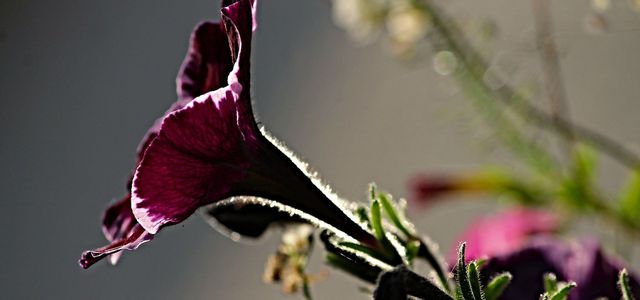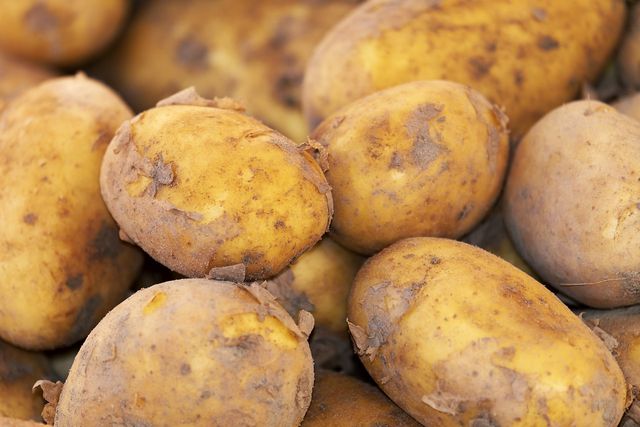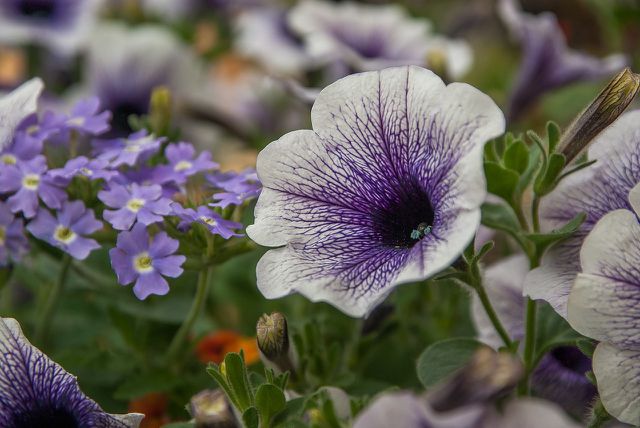
The nightshade family is large. It includes beautiful ornamental plants as well as some of our most popular vegetables.
What are nightshade plants
Nightshade is the name of a plant family that includes about 100 genera and nearly 3000 species. You can often recognize nightshade plants by their flowers: they are cup-shaped and usually have five leaves. Their seeds ripen in the ovary of the carpel – they are angiosperms. The seeds eventually ripen into fruits, which have a permanent place in our everyday lives.
The plant family probably got its name in the Middle Ages. Even then, various nightshade plants were used as medicine, for example for better sleep. However, since many nightshade plants are poisonous, they were also considered witch herbs at that time.
Cultivated nightshade plants do not contain any dangerous toxins. The versatile plants enrich our menu and gardens.
Contents
Species richness of nightshade plants

Many well-known vegetables are nightshade plants. They were cultivated so that they are edible for humans. The most important varieties for us are potatoes, peppers, eggplant and tomatoes.
Most nightshade plants that are not cultivated as vegetables are poisonous. However, they delight with their beautiful cup-shaped flowers as flowers: petunias, buckthorn and angel’s trumpet also belong to the nightshade family.
Nightshade preferences

Nightshade plants originally come from the tropics and love – contrary to what their name suggests – light and heat. The plants do not tolerate frost. Most nightshade plants are heavy feeders. This means they need a lot of space and sufficient nutrients in the soil.
Potatoes

Potatoes are an important staple food. Not only do they fill you up, they are also healthy and grow well in our fields or at home in the garden. Potatoes are also very versatile – you can prepare countless different dishes with them.
- Simple potato gratin
- French fries
- Potato dumplings
- Potato pancakes
- Vegan potato salad
Tomatoes
Tomato enriches the nightshade family with its numerous varieties. Its fruits ripen best in the sun. They contain a lot of vitamin C and valuable minerals. By the way, the tomato came to Europe together with the potato. It can also be used in many ways in the kitchen:
- Tomato juice
- Tomato jam
- Tomato chutney
- Tomato butter
- Tomato paste
- Tomato Sugo
Solanaceous plant bell bell pepper
The bell pepper genus also belongs to the nightshade family – along with chili and hot peppers. The colorful peppers are great spices and are also full of vitamin C.
Recipe ideas with bell peppers:
- Grilling peppers
- Pickle peppers
Eggplants
The eggplant is also a cultivated nightshade. It is very low in calories and can be prepared in many ways. Besides vitamin C, it contains some B vitamins and plenty of potassium.
Physalis
The exotic physalis has often come a long way by the time it reaches our supermarket. Like most nightshade plants, it comes from Central America. It also contains a lot of vitamin C – and you can even grow it in your own garden.
The nightshade family also includes flowers

It is difficult to imagine our diet without nightshade plants. But they not only taste good and are healthy – they also enchant with beautiful flowers. Some nightshade plants have been cultivated into beautiful ornamental plants. The most popular are the species-rich petunia and the poisonous angel’s trumpet.

